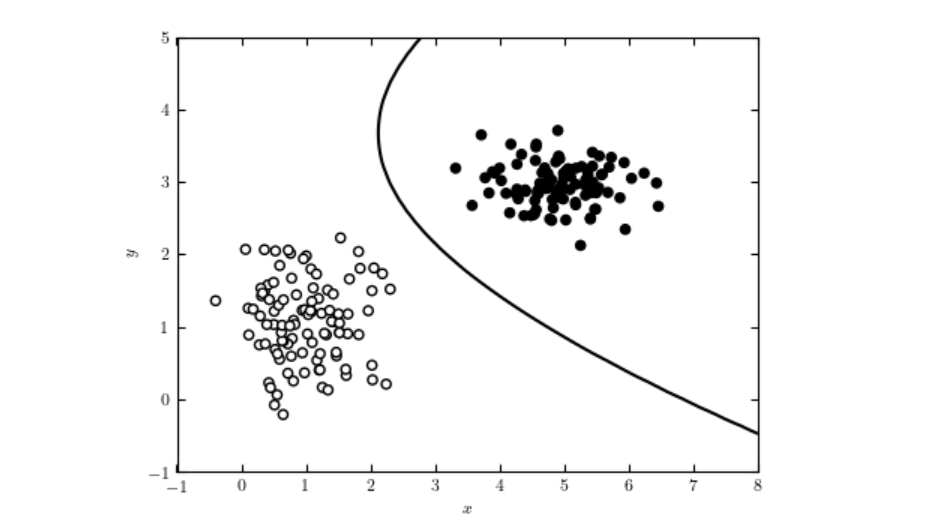
Deep Belief Networks (DBNs)
A Deep Belief Network (DBN) is a sophisticated generative model utilizing deep architectures and Restricted Boltzmann Machines (RBMs) to learn hierarchical data...

A Bayesian Network (BN) is a probabilistic graphical model that represents variables and their conditional dependencies via a Directed Acyclic Graph (DAG). Bayesian Networks model uncertainty, support inference and learning, and are widely used in healthcare, AI, finance, and more.
A Bayesian Network (BN), also known as a Bayes Network, Belief Network, or Causal Network, is a type of Probabilistic Graphical Model that represents a set of variables and their conditional dependencies via a Directed Acyclic Graph (DAG). Bayesian Networks utilize the principles of graph theory and probability theory to model uncertain knowledge and perform reasoning under uncertainty. These networks are instrumental in handling complex domains where uncertainty is prevalent, allowing for efficient computation of joint probability distributions and facilitating inference and learning from data.
Bayesian Networks are used to compute joint probability distributions over a set of variables. They allow efficient computation through factorization into local, conditional distributions, making them valuable in high-dimensional spaces.
Bayesian Networks are widely used in fields that require modeling of complex dependencies and reasoning under uncertainty.
In AI and automation, Bayesian Networks enhance chatbots and intelligent systems by providing probabilistic reasoning and decision-making frameworks. This enables systems to handle uncertain inputs and make informed, probabilistic decisions, improving adaptability and user interaction quality.
A Bayesian Network is a probabilistic graphical model that represents a set of variables and their conditional dependencies using a directed acyclic graph (DAG). It enables reasoning under uncertainty by modeling complex relationships.
The main components are nodes (representing variables), edges (representing conditional dependencies), and conditional probability tables (CPTs) that quantify the relationships between connected variables.
Bayesian Networks are used in healthcare for medical diagnosis, in AI for decision-making and anomaly detection, in finance for risk assessment, and in many other fields requiring reasoning under uncertainty.
They provide a structured approach to handle uncertainty, allow integration of data and expert knowledge, and offer intuitive graphical representations for better interpretability and decision-making.
Challenges include computational complexity as the number of variables grows, and difficulties in parameter estimation when data is incomplete or limited.
Smart Chatbots and AI tools under one roof. Connect intuitive blocks to turn your ideas into automated Flows.
A Deep Belief Network (DBN) is a sophisticated generative model utilizing deep architectures and Restricted Boltzmann Machines (RBMs) to learn hierarchical data...
Naive Bayes is a family of classification algorithms based on Bayes’ Theorem, applying conditional probability with the simplifying assumption that features are...
A Decision Tree is a supervised learning algorithm used for making decisions or predictions based on input data. It is visualized as a tree-like structure where...
Cookie Consent
We use cookies to enhance your browsing experience and analyze our traffic. See our privacy policy.
